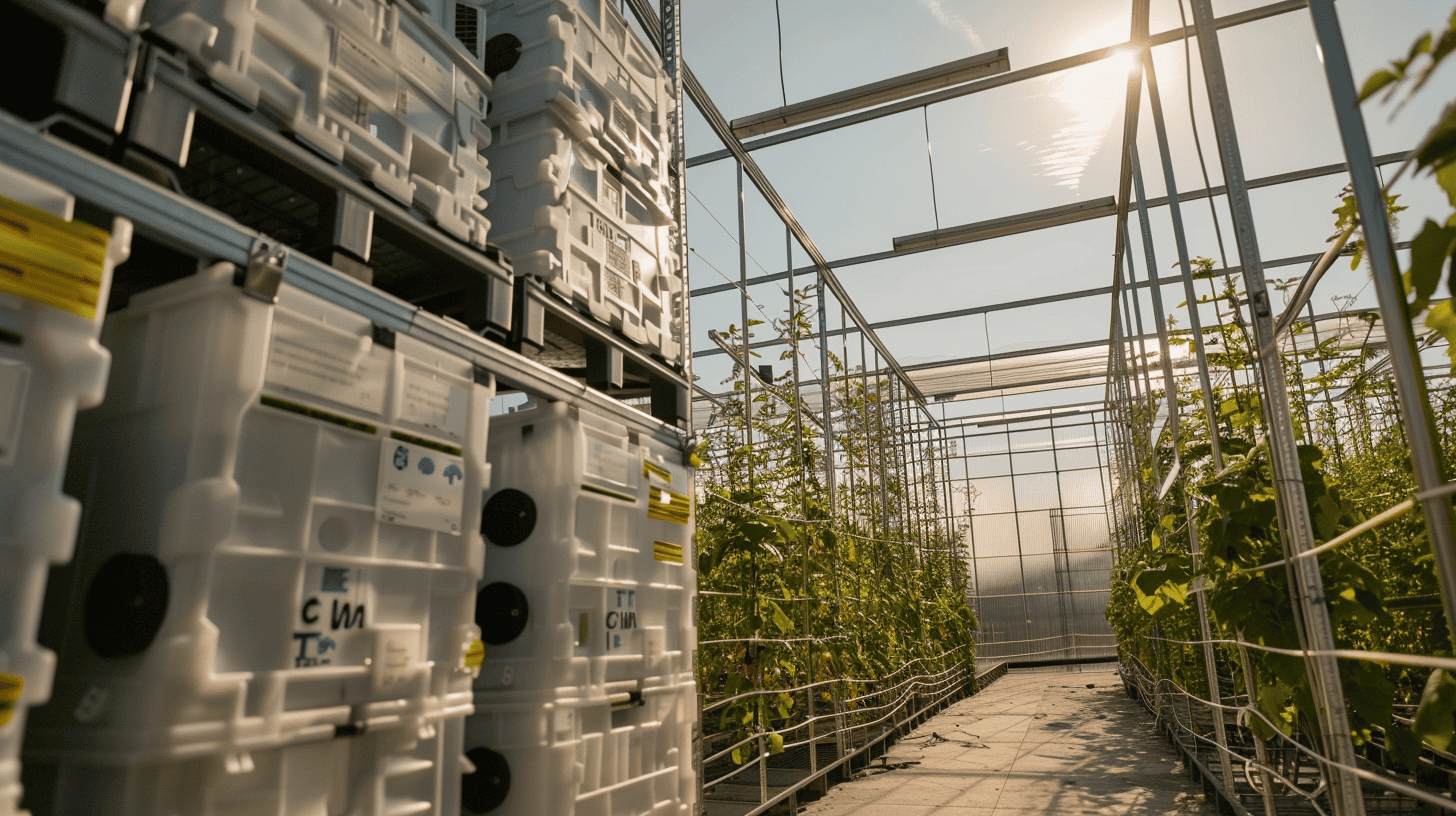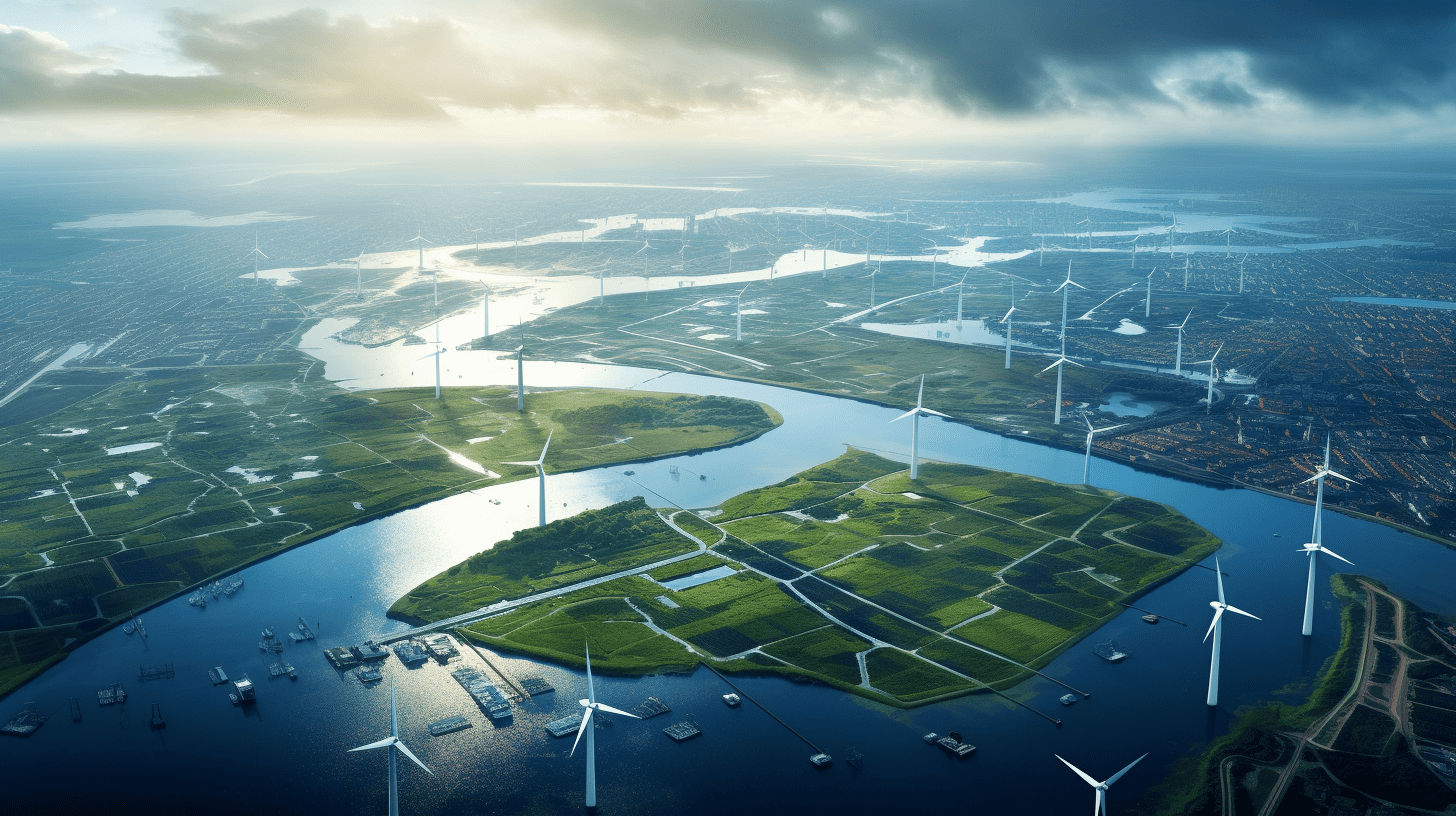
If we want to keep global heating below 2ºC, many fossil fuel plants need to be unusable. Specifically, we would need for these plants to reduce the electricity production at least by 267 PWh (the equivalent of ten times the global electricity production in 2019). This prospection is fulfilled even if we use carbon-abatement technologies such as carbon capture and storage, bioenergy and coal-to-gas conversions, writes the University of Barcelona in this press release. This was revealed in a study published in Nature Communications, whose authors are experts of the University of Barcelona, University of Oxford and the Boston University.
The findings provide a stark warning to energy companies, that have argued such technologies could substantially reduce the carbon footprint of energy production from fossil fuels.
Earth to be 2.4°C warmer by 2100
“In the future, it may be possible to use bio-energy or carbon capture and storage to extend the lifetime of fossil fuel assets. Even so, we still forecast that 267 PWh of assets would be stranded in optimistic cases. Furthermore, we do not know if or when these technologies will become widespread”, adds Francois Cohen, co-author on the paper and lecturer of Economics at the University of Barcelona.
At the UN Climate Change Conference COP26, the Climate Action Tracker announced that the Earth is currently on course to heat by 2.4ºC by 2100. Meanwhile, fossil fuel plants continue to be built and planned.
“If companies continue to invest in fossil fuel-based infrastructure, some of these assets risk stranding even before they are built”, warns Yangsiyu Lu, lead author and researcher at the Smith School of Enterprise and the Environment, University of Oxford. “Our results underline a clear stranding risk for investors, plant operators and policymakers”, affirms Yangsiyu Lu.
High number of stranded assets also with low-carbon technologies
The authors also found that, if carbon-abatement technologies are not deployed at scale, the amount of fossil fuel assets at risk of being underused or decommissioned increases by up to 69 percent on average across the different energy system models assessed.
Steve Smith, co-author and director of the Oxford Net Zero Initiative, says that scenarios by the likes of the Intragovernmental Panel on Climate Change (IPCC) and the International Energy Agency (IEA) often assume very rapid rollout of low-carbon energy technologies, including things like carbon capture and bioenergy. Estimates of stranded assets often assume all these technologies will be available. To the extent they might not be, stranding will be even higher.
“Crucially, —says Smith— most of the stranding we project is for projects in the pipeline, not existing plants. The choice is still there to not build this stuff, before it becomes a liability”, he concludes.
Also interesting: Ocean Grazer to test storage system for wind energy in sand quarry
Selected for you!
Innovation Origins is the European platform for innovation news. In addition to the many reports from our own editors in 15 European countries, we select the most important press releases from reliable sources. This way you can stay up to date on what is happening in the world of innovation. Are you or do you know an organization that should not be missing from our list of selected sources? Then report to our editorial team.







